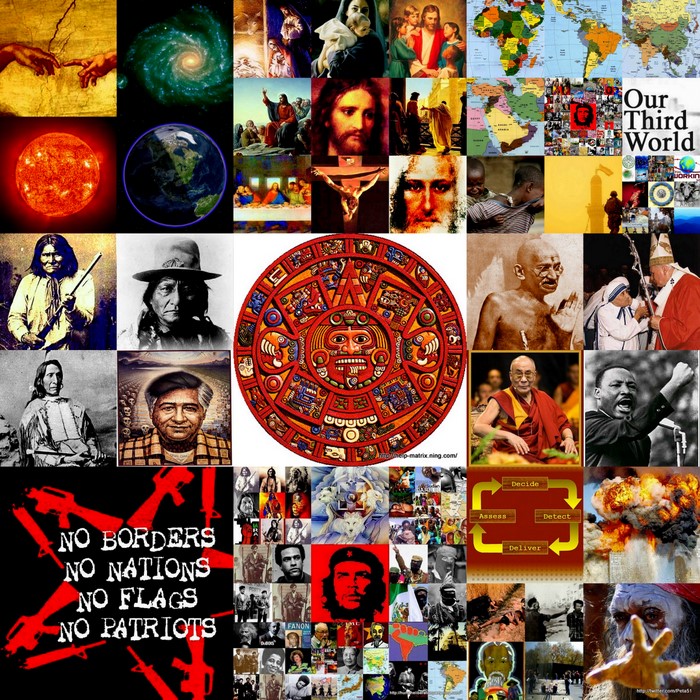James Owen is impressed by a meticulous reappraisal of the formative years of Maoist rule.

A peasant denouncing a landlord
Photo: Topham Picturepress/PA
By James Owen
4:00PM BST 19 Sep 2013
Given China’s growing influence on the future of the West, it is curious that so many of us still know so little about the country’s past. Readers and publishers have rarely shown much appetite for it, but there are signs that this is changing.
Much of the credit must go to the Hong Kong-based historian Frank Dikötter, who is overturning many of the accepted ideas about China under Communist rule. His previous book, Mao’s Great Famine, winner of the Samuel Johnson Prize in 2011, drew on his work in newly opened provincial archives to reveal that the Great Leap Forward of the late Fifties was even more of a disaster than suspected, with some 42.5million people starving to death. The Tragedy of Liberation mines the same sources to shatter one of the few remaining myths of Maoist achievement.
Many academics have been reluctant to bracket Mao Tse-tung as a tyrant to rank with Stalin because of the prevailing view that the decade following his victory over Chiang Kai-shek’s Nationalists in 1949 was a golden age. Years of civil war and occupation by the Japanese gave way to a longed-for reordering of society and a better life for most. Only later did the Red King begin to terrorise Wonderland.
Dikötter demonstrates, however, that from the start the Communist revolution was implemented with overwhelming violence. He estimates that as many as five million people died in China during what is traditionally described as its period of liberation. Millions more were despatched to labour camps. Moreover, the Great Helmsman copied the Soviet model of dictatorship, above all in reducing the nation’s farmers to little more than slaves of the state.
The first phase of this was the redistribution of property at the expense of its owners, although, as Dikötter points out, no class of landlords as such existed. There was often little to distinguish the poor farmer who had his own strip of earth from the neighbour who tilled another’s. Yet this was no protection against the revolutionary tribunals set up in each village and given a quota of executions to meet.
Related Articles
-
Chairman Mao and China
30 Sep 2009 -
Mao memorabilia craze
28 Dec 2003
What followed – the collectivisation of farming – completed the self-inflicted destruction of the rural economy. With most grain earmarked for urban areas, the amount of food available in the countryside dropped almost overnight by a third. The peasantry sold their children to buy rice and began the migration to the cities that would further transform China.
Having seized control of the land, the state then monopolised industry and finance. All private businesses were expropriated, ruining not only plutocratic entrepreneurs but also small shopkeepers. One by one, the sections of society that generated wealth for it – foreign investors, civil servants, intellectuals, the middle classes – were purged.
Although Dikötter stresses the contribution to this catastrophe made by other senior Communists, including Bo Yibo, father of the disgraced Bo Xilai, Mao was always the ringmaster. Adept at adapting to changing currents of political opinion, even when it angered the Soviet Union, China’s only supplier of weapons and technology, in matters of economics he none the less rigidly followed Stalin, who understood little about them. Stalin, after all, had trained as a priest, and Mao as a primary school teacher.
At times, the avalanche of facts and examples with which Dikötter supports his claims threatens to sweep away the reader, and those unfamiliar with the period would probably have benefited from rather more analysis and context.
Other books remain to be written about how it was that the regime continued to retain the enthusiastic support of so many of those it was subjugating. Yet this is the first study to make sense in detail of events central to the Mao era, of which only the broad outlines have been known before now. It deserves to become fundamental to a better understanding of the forces that have shaped China today.

The Tragedy of Liberation: A History of the Chinese Revolution 1945-1957 by Frank Dikötter
Bloomsbury, £25, 376pp
Comment: This was actually a hard article to post for me and at first I was not going to post it. When I was younger I was a hard-core Maoist. Always had my Red Book with me (I still have a 1st Edition copy). However, in the last several years I discovered that the Chinese Revolution and its leadership had a dark shadow side that most young Leftists are not aware of or do not care about.
We must learn from the historical experiences of other countries, be open to re-examining ideologies we cherish, excavate the good in those ideologies and apply our theories with a realistic appraisal of actual conditions in a given situation. ~ @Peta_de_Aztlan
++++++++++++++++++++++++++++++++++++++++
HELP-Matrix Blog ~ http://help-matrix.blogspot.com/ ~
HELP Portal ~ http://help-matrix.ning.com/ ~
@Peta_de_Aztlan Blog ~ http://peta-de-aztlan.blogspot.com/ ~ @Peta_de_Aztlan
+++++++++++++++++++++++++++++++++++++++++


No comments:
Post a Comment
Please keep comments humane!